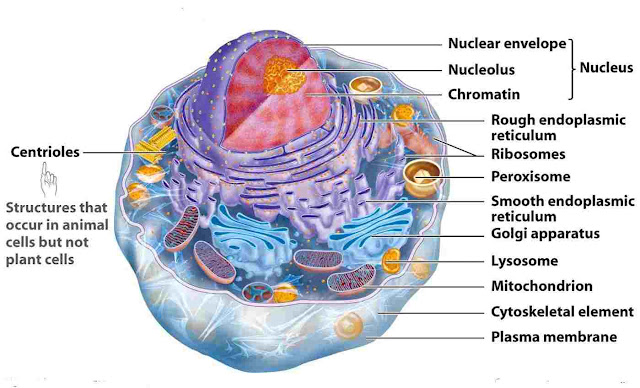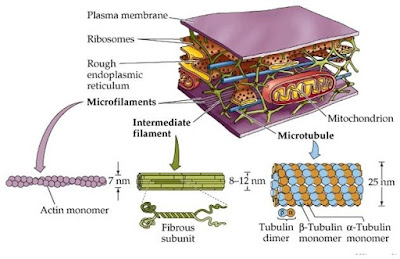Cell Membrane
• All cells, have a membrane that envelops the cell, separates its interior from its environment, regulates what moves in and out (selectively permeable), and maintains the electric potential of the cell
• Inside the membrane, a salty cytoplasm takes up most of the cell volume.
• This membrane serves to separate and protect a cell from its surrounding environment and is made mostly from a double layer of lipids (hydrophobic fat-like molecules) and hydrophilic phosphorus molecules.
• Hence, the layer is called a phospholipid bilayer.
• Embedded within this membrane is a variety of protein molecules that act as channels and pumps that move different molecules into and out of the cell.
• The membrane is said to be ‘semi-permeable’, in that it can either let a substance (molecule or ion) pass through freely, pass through to a limited extent or not pass through at all.
• Cell surface membranes also contain receptor proteins that allow cells to detect external signalling molecules such as hormones.
• The cell membrane also plays a role in anchoring the cytoskeleton to provide shape to the cell, and in attaching to the extracellular matrix and other cells to help group cells together to form tissues.



